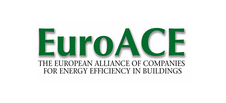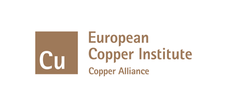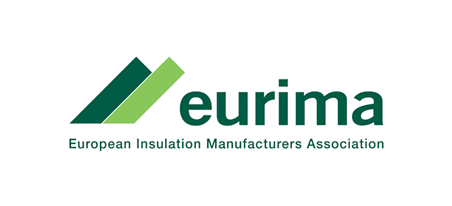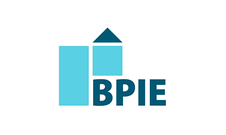Search eceee proceedings
Intermodality – key to a more efficient urban transport system?
Panel: 4. Mobility, transport, and smart and sustainable cities
This is a peer-reviewed paper.
Authors:
Laura Gebhardt, German Aerospace Center (DLR), Germany
Daniel Krajzewicz, German Aerospace Center (DLR), Germany
Rebekka Oostendorp, German Aerospace Center (DLR), Germany
Abstract
Cities are growing, ways of life and work are changing, people are increasingly mobile and interconnected – the urban population is constantly moving. Traffic congestion, emissions and increasing demand for parking space are among the consequences of these developments and confront society with new challenges. Especially in larger cities, flexible usage and combination of different transport modes – known as intermodality – plays an increasing role and is being discussed as a key to a more efficient urban transport system. Mainly in city centres, distances are short enough to be covered by foot or by bike and the close-meshed public transport network allows users to combine the variety of mobility options in an individual and situational way. A resulting declining use of private cars could reduce traffic congestion and emissions and challenge the lack of parking space in cities. Thereby, intermodality offers a possibility to optimize mobility and to contribute to healthier and more sustainable living in cities.
This paper presents mono- and intermodal travel modes’ performance by means of accessible locations and sets them against the results of a survey on intermodality regarding the frequency of using various mono and intermodal travel modes. In addition, other performance indicators for the different modes are given, including the emitted amount of CO2, personal energy consumption, and price.
Downloads
Download this paper as pdf: 4-071-17_Gebhardt.pdf
Download this presentation as pdf: 4-071-17_Gebhardt_presentation.pdf
Panels of
1. Foundations of future energy policy
2. Policy: governance, design, implementation and evaluation challenges
4. Mobility, transport, and smart and sustainable cities
5. Buildings and construction technologies and systems
6. Buildings policies, directives and programmes
7. Appliances, products, lighting and ICT
8. Monitoring and evaluation: building confidence and enhancing practices























